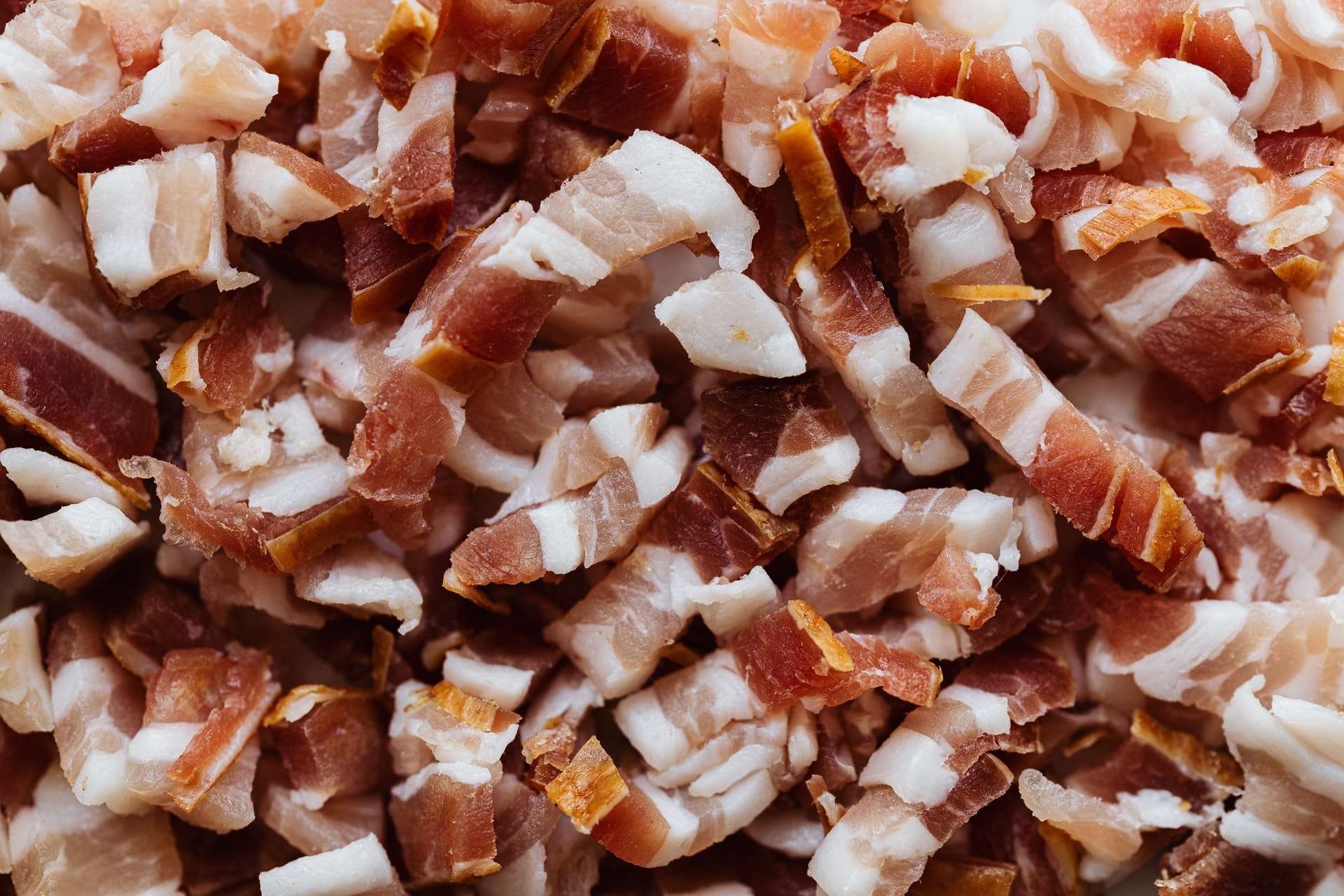Fat vs. fat? We have two very different types of fat in our body. Our scientific contributor, Heather Huntsman, Ph.D. CSSC, is back again discussing subcutaneous vs. visceral fat, how they are stored, which is most dangerous, and how to reduce fat through lifestyle changes. (Hint: nutrition is king).
Before diving into strategies to reduce visceral fat, I want to take a moment and define exactly what it is and explain why it may warrant an entire article’s focus. When talking about fat, it is important to understand its potential effect on health and that not all fat is created equally. Where fat is deposited has implications for how and to what extent it will increase your risk for certain diseases and conditions.1
Broadly, there are two main areas fat deposits in our body from excess energy (calories) consumed. Those two locations are just below the skin, referred to as subcutaneous fat, and fat stored in and around the organs of our midsection, called visceral fat.2 While no one likes the look of the fat that is just under the skin which can sometimes look pitted and lumpy in the form of cellulite, when it comes to your health the more harmful of the stored fat types is visceral fat. This is because fat is a very active tissue. Fat produces hormones and cytokines (signaling proteins) and is considered an endocrine-like tissue, meaning it is an important chemical messenger. Many of the signals fat produces are harmful, particularly when the body is storing more fat than it should in close proximity to internal organs. Then on top of that, visceral fat produces more of the harmful signals that contribute to a chronically inflamed internal environment.3
How does the body determine where it stores excess energy? Some is determined by genetics which is mostly out of our control, and some is determined by external factors and decisions, most of which are in our control. Outside factors that increase visceral fat accumulation include alcohol intake, cigarette smoking, changes in daily-life habits like decreased activity, alteration in lipid profile resulting from the types of fat consumed, and the timing of childhood obesity (the earlier onset, the worse the outcome).4
So how can you help your body reduce or eliminate visceral fat? If you have been a part of the Composition ID community for any length of time you probably already know the answer. There are no short cuts. Living a healthy lifestyle and eating a well-balanced diet and exercising on a regular basis are foundational for being healthy from the inside-out. However, while all of these factors are important, diet seems to have a much greater effect on visceral fat deposition. Although several studies have shown that exercise can help move the percentages in the right direction,2 eating a diet that is low in saturated fat and one that doesn’t create a caloric surplus is the only significant way to reduce visceral fat stores.5 Unfortunately, just like you can’t do more crunches to target fat loss around your waste, there really is not a direct way to target fat loss. That said, if you consistently choose to live a healthy lifestyle, consistency will pay off and your body will burn the excess fat, leading to overall health improvements. Remember, health is a long-term goal that requires a daily commitment, and you are worth that commitment.
References:
- Sato F, et al. (2018) Association of Epicardial, Visceral, and Subcutaneous Fat with Cardiometabolic Diseases, Circulation Journal, 82:502-508. doi: 10.1253/circj.CJ-17-0820.
- Sabag A, et al. (2017) Exercise and ectopic fat in type 2 diabetes: A systematic review and meta-analysis, Diabetes and Metabolism, 43:195-210. doi: 10.1016/j.diabet.2016.12.006.
- Gomes A, et al. (2020) High-fat diet promotes adrenaline production by visceral adipocytes, European Journal of Nutrition, 59:1105-1114. doi: 10.1007/s00394-019-01971-0.
- Seravalle G, and Grassi G. (2017) Obesity and hypertension, Pharmacological Research, 122:1-7. doi: 1016/j.phrs.2017.05.013.
- König D, et al. (2015) Internal Fat and Cardiometabolic Risk Factors Following a Meal-Replacement Regimen vs. Comprehensive Lifestyle Changes in Obese Subjects, Nutrients, 7:9825-9833. doi: 10.3390/nu7125500.



